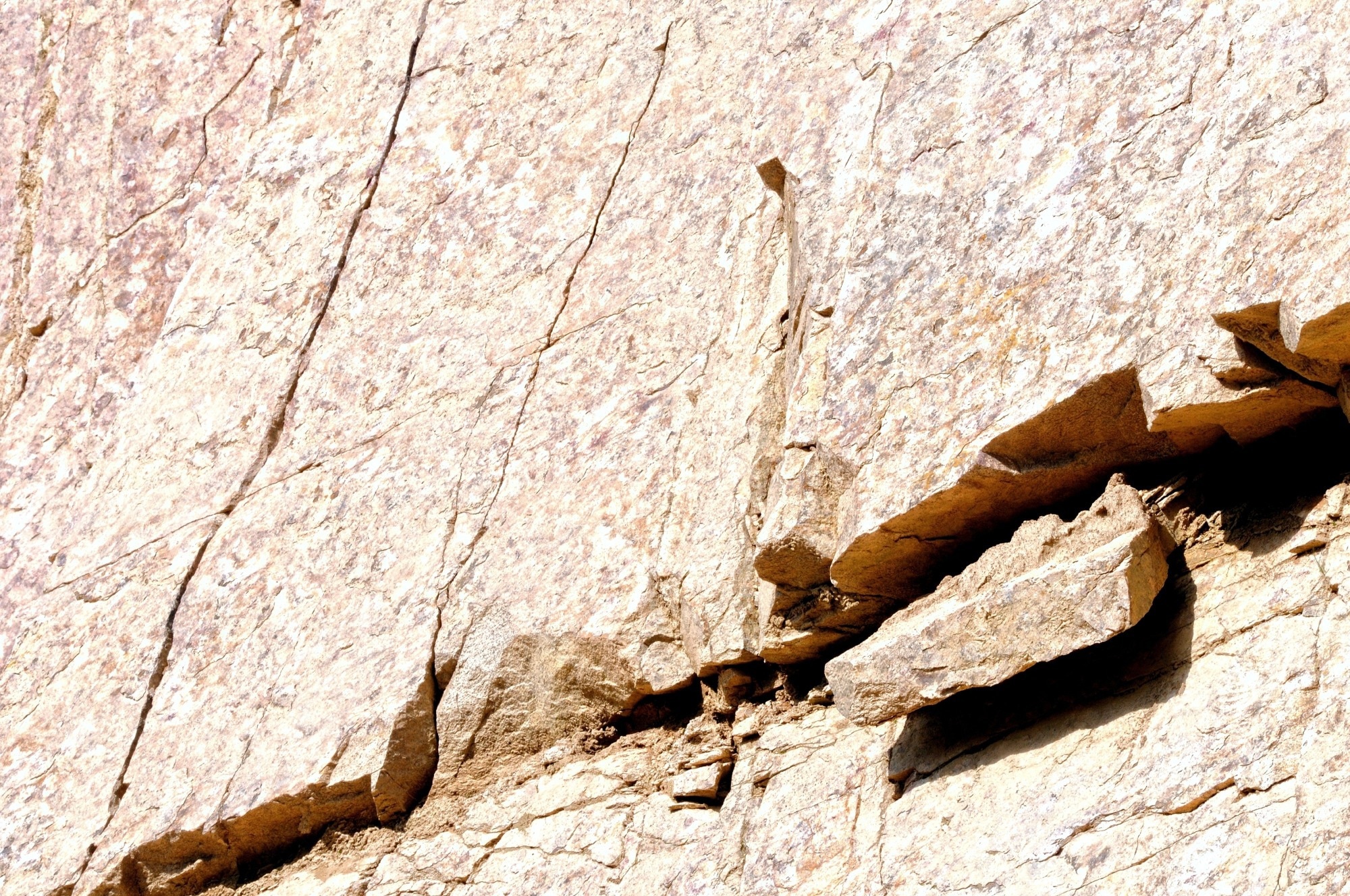In a recent article published in the journal Processes, researchers established a comprehensive understanding of the mechanical characteristics and failure processes of composite roof strata, to develop an improved support scheme, and to validate its effectiveness through field application.

Image Credit: Bildagentur Zoonar GmbH/Shutterstock.com
Background
The roof strata in deep mining contexts consists of layers with markedly different physical and mechanical properties, resulting in heterogeneous stress transfer and increased likelihood of stratified failure. The layers include thin to medium-thick stratum of mudstone, sandstone, and other lithologies, which exhibit diverse elastic moduli, strengths, and ductility characteristics.
Dynamic disturbances from mining activities, such as rapid face advancement and high abutment pressures, further exacerbate instability. Current support technologies, including grouting and bolt/cable reinforcement, improve some aspects of stability but are limited by their inability to account for the stratified and dynamic nature of the roof. Traditional models, primarily based on the Mohr–Coulomb strength criterion, tend to oversimplify these conditions, resulting in the need for models that incorporate the stratified structure.
The Current Study
To address the limitations of existing models and support systems, the research utilizes a multidimensional approach that combines laboratory experiments, numerical modeling, and on-site field trials. Laboratory mechanical tests on specimen samples from the composite roof layers provide fundamental parameters such as uniaxial compressive strength, elastic modulus, Poisson’s ratio, cohesion, and internal friction angle. Both monolithic and composite samples are tested to capture the mechanical disparity across different layers.
Dynamic wave velocity tests (using P-wave and S-wave velocities) are conducted to classify and monitor the heterogeneity of the in-situ rock mass. These tests help verify the mechanical properties and aid in calibrating numerical models. The authors utilize these parameters to develop a three-dimensional numerical model (using FLAC3D software) that simulates the stress and deformation evolution during mining. The model incorporates the heterogeneity of the stratified roof and the dynamic load conditions caused by mining operations.
The numerical simulations examine stress distributions, principal stress orientations, and plastic zone evolution as the working face advances, providing insights into the failure mechanisms of layered roofs under simulated mining conditions. They also analyze the influence of key parameters—such as the cohesion of hard and soft layers—on failure radii and plastic zone development, based on a theoretical model rooted in Mohr–Coulomb failure criteria.
Results and Discussion
The laboratory tests reveal significant disparities in the mechanical properties of the different rock types constituting the composite roof. Fine sandstone exhibits high strength and brittle failure characteristics, while sandy mudstone demonstrates ductility and lower strength. The composite specimens show reduced peak strength compared to individual layers but display ductile failure traits driven by the mudstone layer, highlighting the importance of considering interlayer interactions. These findings underpin the need to model the stratified roof as a heterogeneous, layered system rather than a homogeneous mass.
Numerical simulations indicate that regions about 20 meters ahead of the mining face during face advancement develop high stress concentrations, with a principal stress ratio reaching 6–7. The orientation of the maximum principal stress shifts markedly, causing butterfly-shaped plastic zones to form above the roof and around the roadway periphery. These zones primarily develop within the brittle sandstone layers but are significantly influenced by the ductile mudstone, contributing to the failure mechanism. The simulations demonstrate that traditional support methods cannot effectively contain these zones due to their inability to address the heterogeneity and dynamic stress evolution.
The field implementation of the synergistic support system produces notable improvements. The combination of high-pressure grouting effectively strengthens fractured and weak zones, while pre-stressed bolts and energy-absorbing cables restrain deformation and absorb dynamic loads. After support installation, the measured roof convergence decreased by nearly half, and the microseismic activity significantly declined, indicating enhanced stability and reduced failure likelihood. The results suggest that the support scheme effectively controls the heterogeneous and dynamic failure processes linked to the layered structure of the composite roof.
Conclusion
The proposed synergistic control system significantly improves roadway stability by integrating high-pressure grouting, pre-stressed cables, and energy-absorbing bolts. Field observations confirm that this method effectively reduces deformation, seismic activity, and failure zones, resulting in a safer operational environment. This multi-faceted approach validates the importance of considering the stratified architecture and stress evolution in support design.
Overall, this study establishes a theoretical and practical framework for addressing the intrinsic challenges posed by composite roofs in deep mining. It advocates for tailored, dynamic support schemes grounded in detailed mechanical understanding, thus providing valuable guidance for engineering safety and efficiency. The insights gained here apply to the No. 34 coal seam and extend to a broader range of deep mining scenarios characterized by heterogeneous roof strata.
Source:
Wang L., Liu G., et al. (2025). Research on Synergistic Control Technology for Composite Roofs in Mining Roadways. Processes 13(8):2342. DOI: 10.3390/pr13082342, https://www.mdpi.com/2227-9717/13/8/2342